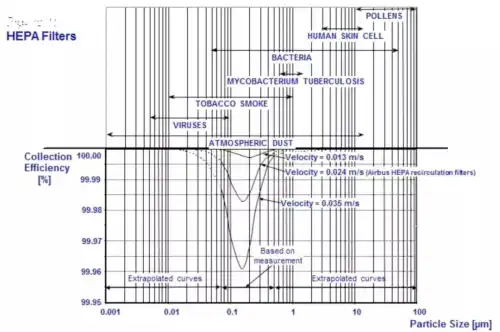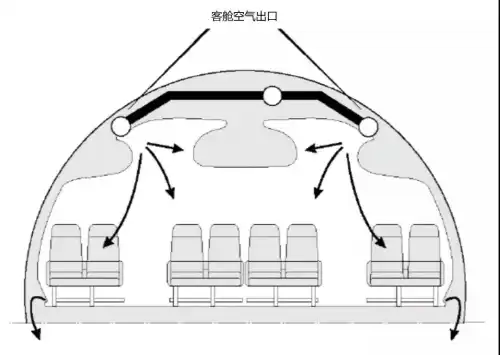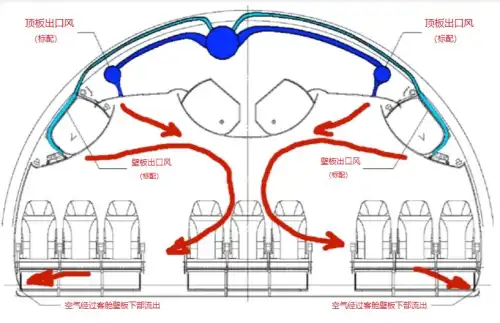Aircraft is one of the means of travel. The flow of large numbers of people around the Spring Festival is indeed inseparable from it. Then the question arises, as a large air vehicle with a good seal , is the air in its cabin fresh and will it be able to infect diseases?
https://v.qq.com/x/page/p0336g78rat.html
The designers of the original aircraft have already considered the spread of infectious diseases in advance, and the air circulation system specially designed for the aircraft can make the cabin air comparable to the operating room.
Next, let ’s take a look at Airbus ’popular science on“ how the air in the cabin of the aircraft circulates ”:
The air in the cabin of Airbus series aircraft can be updated every 3 minutes on average, which is much higher than the frequency of air flow in other indoor environments, which means that the amount of air provided to passengers is about 80% of the air they need to breathe. Times.
The air in the cabin of an Airbus aircraft is composed of fresh air drawn in from the outside and recirculated air passing through a high-efficiency filtration system called a high-efficiency particulate trap (HEPA). The filtration efficiency of HEPA filters for 0.3 micron particles exceeds 99.97%, and the filtration efficiency for larger or smaller particles is higher. Relevant tests prove that HEPA can provide air that meets the standards of hospital operating rooms. The graph below shows that for particles in the typical virus size range (0.01 to 0.2 microns), the filtration efficiency exceeds 99.99%.

Schematic diagram of HEPA filtering effect
In normal operation, less than half of the air is filtered and recirculated, and the rest comes from outside fresh air. The airflow (recirculated air) brought by the cabin recirculation fan can help the air in the cabin flow in the correct direction. The filtered recirculated air is mixed with the fresh air drawn in from the outside and flows from top to bottom in the cabin, entering the cabin from above or below the overhead luggage compartment (depending on the aircraft model), and then from the bottom (the height of the cabin floor ) Was drawn out, this design aims to prevent the back and forth flow of air in the cabin. It is worth mentioning that most of the air in the lavatory and kitchen area is extracted and directly discharged from the aircraft, and will not enter the cabin area again (without recirculation).
Recirculated air is an important part of the overall air circulation of the aircraft. This airflow flows through the passengers and draws air pollutants that may be generated by the passengers downward from the passenger seat bottom out of the cabin. The air in the cabin is refreshed onaverage every 3 minutes. By using recirculated air, this frequency can be increased to refresh every 2 minutes.
Introduction to Air Recirculation System of Airbus Series Aircraft:
A320 series aircraft
-
Airflow flows from top to bottom in the cabin -
There are two air outlets on each side of the cabin -
Lower air outlet ensures good ventilation to the seating area -
The top air outlet provides good ventilation for passengers or personnel standing in the aisle 
A330 / A340 series aircraft

There are air outlets on the roof of A350 cabin and between the trunk and the wall of the cabin.


